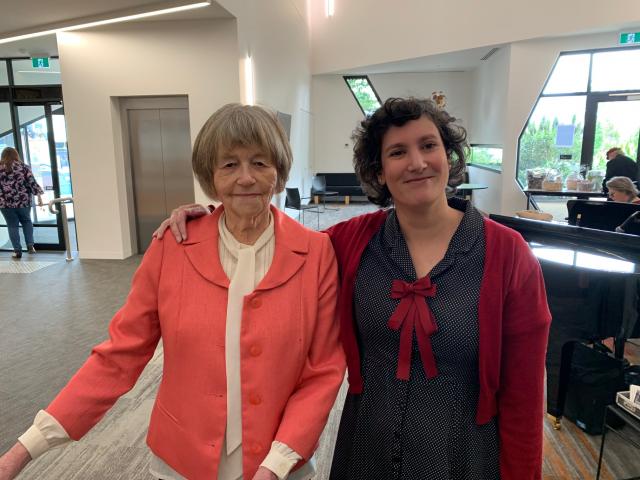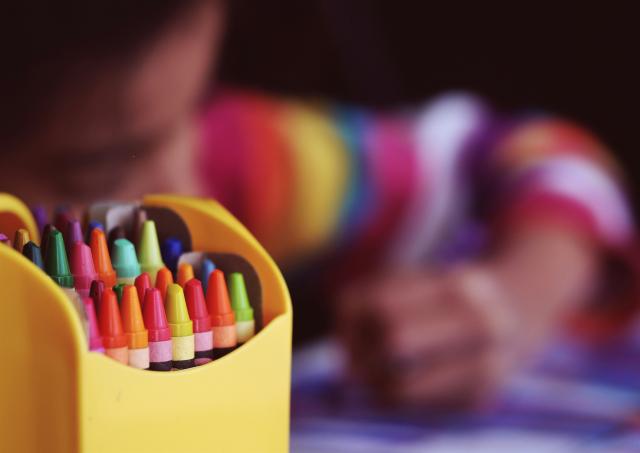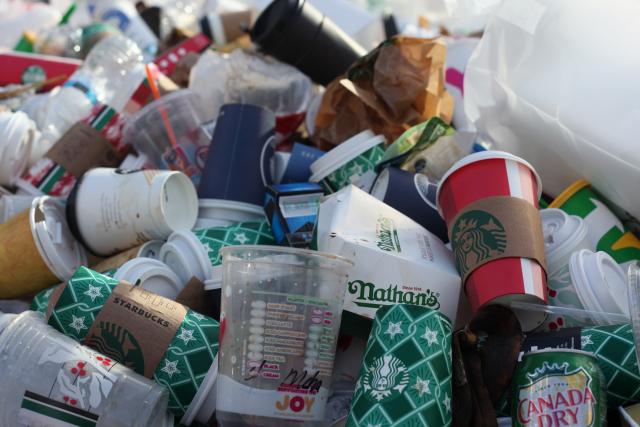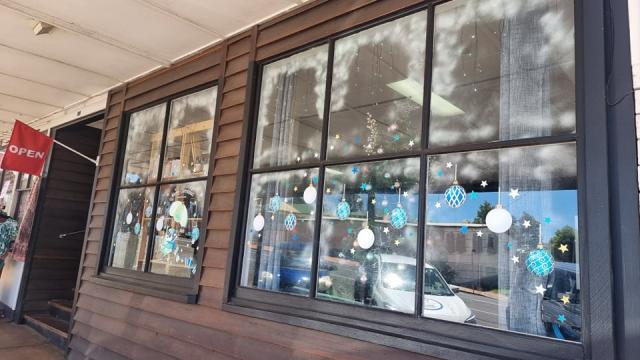THE lack of water in Victoria is our greatest challenge.
Substantially reduced rainfall affects every one of us no matter where we reside in Victoria.
Climate change is a reality we can no longer deny and we each have a responsibility to our children and to humanity to take action to reduce the impact.
Victorians have acknowledged the lack of water in our reservoirs and have acted accordingly, adopting many water-saving measures to reduce water consumption.
As a community, we have taken advantage of the many rebates on offer, both to change appliances and to purchase water storage devices.
In particular, community and sporting groups, along with schools, have installed rainwater tanks in order to become self-sufficient and to set an example to the wider community.
However, we have never before encountered a drought so severe that it has impacted on all aspects of society.
Given this unprecedented challenge, the Government needs to act to implement a program with a variety of initiatives that will safeguard us into the future.
I am fortunate to be a member of the Parliamentary Environment and Natural Resources Committee that is undertaking an investigation into ensuring that Melbourne’s water needs are met.
We are currently hearing from individuals and organisations that have made a submission to our inquiry.
We are also investigating other water-saving and creating technologies throughout Australia including desalination plants operating in other states.
Next year, the committee will complete its inquiry and report its recommendations to Parliament.
Measures the State Government is implementing prior to receiving these recommendations include the building the desalination plant that will deliver 150 billion litres of water per year, which is around one-third of Melbourne’s usual water needs.
Currently, Melbourne relies almost completely on dams to catch rain to supply water.
Desalination will provide water that is not rainfall dependent. Importantly, renewable energy sources will be used to offset the desalination plant’s greenhouse gas emissions.
The State Government is also expanding the Victorian Water Grid which will add 250 kilometres of new pipelines.
This will allow water to be moved around Victoria to where it is needed most and will help reduce the impact of localised droughts and the effects of climate change.
Victoria is also recycling more water than ever before with projects already underway including the $300 million for the upgrade of the Eastern Treatment Plant in Carrum.
This will produce 100 billion litres of high-grade recycled water per year.
About 75 per cent of Victoria’s total water consumption is used for irrigation. This is where the biggest water savings can be made.
In many places, Victoria’s irrigation system is broken, leaking and outdated which is why the State Government has started upgrading irrigation infrastructure at a cost of more than $1 billion. This means more water for all Victorians and the environment.
More information about the Brumby Labor Government’s plan for securing Victoria’s water can be found at www.ourwater.vic.gov.au or by calling the Department of Sustainability and Environment on 136 186.
Water plan for Victoria’s future
Digital Editions
-

Woorilla poetry event approaches…
A beloved community literary event with international acclaim is fast approaching in Emerald. The Emerald Hub will host the annual Woorilla Poetry Prize once more…





